Best Horror Movies of the 1990s

From favorites like ‘Scream,’ ‘Silence of the Lambs’ and ‘The Sixth Sense’ to underseen gems, these are the 16 best horror movies of the decade.
“”
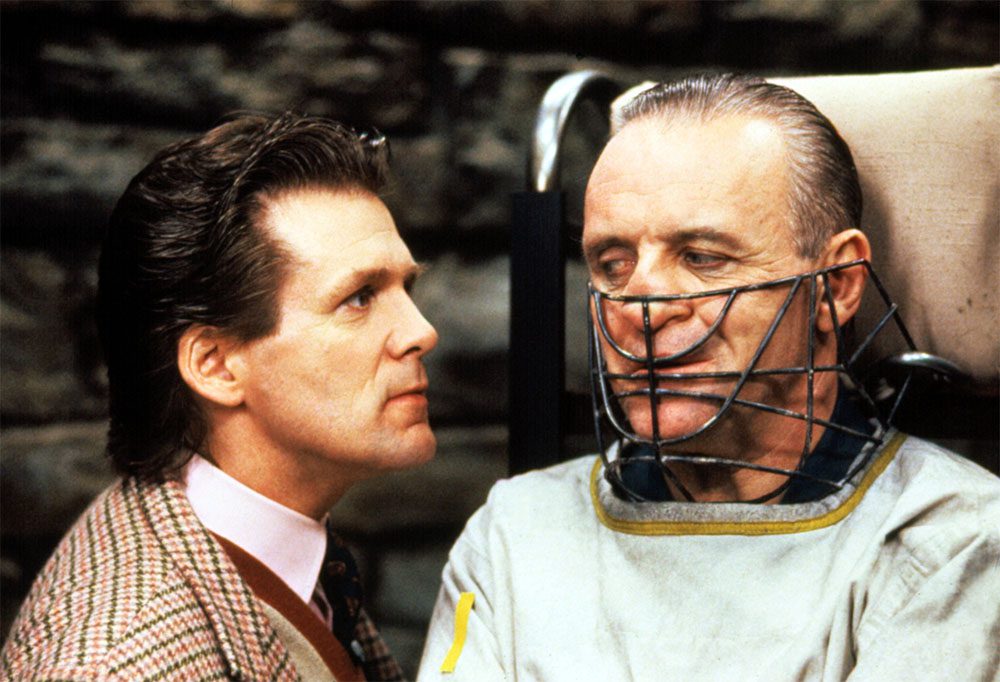
Anthony Heald and Anthony Hopkins in THE SILENCE OF THE LAMBS, 1991.
Orion Pictures Corp/Courtesy Everett Collection
The 1990s were a period of exploration for the horror genre, and there was no shortage of ideas. The genre moved away from the formulas of the 1980s and became stranger and more ambitious. With that ambition came a new crop of filmmakers and tried-and-true filmmakers reinventing themselves in bold new ways, who in turn brought in new audiences.
When looking at horror movies from the ’90s, it proved difficult to narrow down a list of the best. What started with a shortlist of 40 films, was pared down, painfully on my part, to a sweet sixteen. There are movies from the 1990s that I love that are absent. And there will be movies from the ’90s that you love that will be absent too (though in true horror fashion, there’s always room for a sequel). But in narrowing down this list, I reflected on the nature of the horror genre’s ability to confront our reality, but also push filmmaking forward.
Here are the best horror movies of the 1990s:
-
“”
Clearcut (1991)
“You’re gonna hang here with the crows and watch the Earth as it dies.” Ryszard Bugajski’s Canadian folk horror movie Clearcut is one of the best hidden gems of the ’90s, regardless of genre. The late Graham Greene delivers one of his best performances as Arthur, an Indigenous activist who is fed up with the white man’s destruction of Indian land.
Arthur forces lawyer Peter Maguire (Ron Lea) to aid him in the kidnapping of a logging company head named Bud Rickets to exact revenge on the clearcutting of his land. What follows becomes a morally complicated consideration of ownership, violence, environmentalism, and the failings of pacifism. Peter finds himself caught between Arthur, who may be the trickster spirit, Wisakedjak, and Rickets, who refuses to acknowledge what he’s taken from Indigenous people.
With palpable tension and surprising moments of brutal bloodshed, Clearcut is an important cultural artifact that is just as relevant today as it was in ’91 as the fight over land, and who can live on it, is determined by colonizers who are more than willing to separate humanity’s connection to Earth for the right price.
“”
-
“”
Habit (1995)
Filmmaker Larry Fessenden became one of the most influential figures in contemporary indie horror with Habit, based on his 1982 short film of the same name. The New York City-set film follows Sam (Fessenden), a wild-eyed alcoholic artist struggling with the death of his father and a recent breakup. After meeting a mysterious woman, Anna (Meredith Snaider), at a Halloween party, a passionate romance becomes a sickness, and Sam begins to suspect that Anna is slowly killing him.
Habit feels raw, real, and made with the kind of can-do spirit and lack of Hollywood artifice that’s reminiscent of George A. Romero. There’s also beauty in the film’s consideration of loss and the human desire to reach out and find a kindred spirit in something, anything. Habit is Dracula, AIDS paranoia, and Gen X disillusionment all broken and bled together on the pavement.
“”
-
“”
Nightbreed (1990)
In Nightbreed, acclaimed author Clive Barker took us to Midian, where the monsters live. Following the success of his directorial debut Hellraiser (1987), Barker adapted another of his novellas, Cabal, which tells the story of Aaron Boone (Craig Sheffer), a man plagued by terrible nightmares of murders and monsters. After being framed by his psychologist, and the actual serial killer, Dr. Phillip K. Decker (David Cronenberg), Boone is killed by the police and reborn in Midian as one of the Nightbreed, a nomadic clan of monsters hiding from humanity.
Boone’s girlfriend, Lori (Anne Bobby) looks for answers behind Boone’s alleged actions and death, and crosses paths with Dr. Decker, who seeks Midian for his own ascension, leading to a war between humans and monsters. A treasure trove of some of the most wondrous creature effects ever put on screen, Barker explored monsters through the lens of otherness, not unlike the classic Universal monster movies.
But he took it a step further and used Nightbreed as an allegory for the experiences of the LGBTQ+ community besieged by those who saw violence and oppression as normalcy, and his own feelings of otherness as a gay man. Intended to be the first part of a trilogy, Barker’s Star Wars of horror, the film failed to connect with audiences after studio cuts. But Nightbreed became a cult classic, and the 2014 release of Barker’s director’s cut has had fans howling for more of the Nightbreed for over a decade.
“”
-
“”
Ringu (1998)

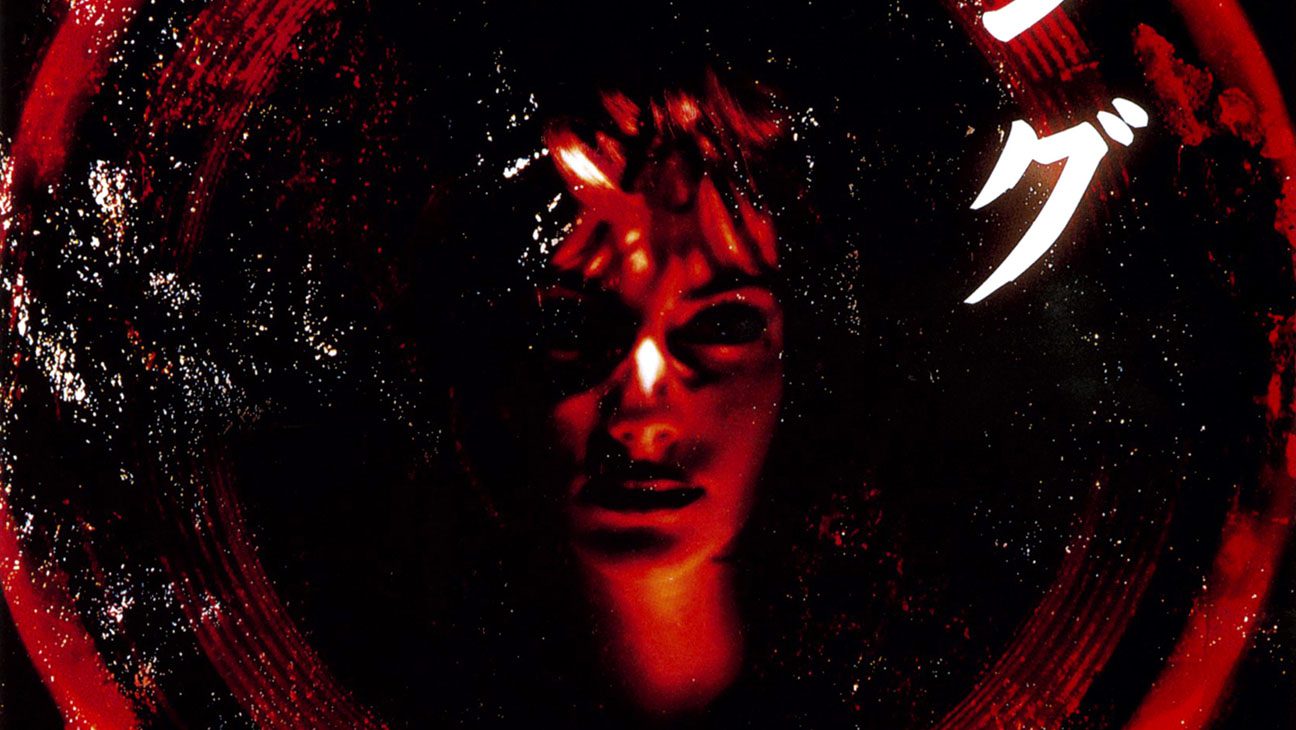
Image Credit: DreamWorks Home Entertainment/Courtesy Everett Collection In Hideo Nakata’s Ringu, based on Koji Suzuki’s 1991 novel of the same name, a reporter, Reiko Asakawa (Nanako Matsushima) and her ex-husband, Ryūji Takayama (Hiroyuki Sanada) investigate the origins of a mysterious video tape that leaves its viewers dead after seven days. And if you’re like me, you still force yourself to squint and look away when that video plays. The film was a watershed moment when it came to Asian horror cinema’s impact on American horror films. Gore Verbinski’s Hollywood remake, The Ring (2002) started a trend of J-horror remakes and helped popularize Nakata’s film abroad. Ringu, with its notable grounded style, ushered ghosts out of houses and cabins and into technology, providing commentary on Japan’s cultural shift from traditionalism to modernity and the horrors that remain. And no matter how many times you see the scene, Sadako climbing out of that TV screen is bone-chilling.
“”
-
“”
The Sixth Sense (1999)


Image Credit: Buena Vista Pictures/Courtesy Everett Collection “I see dead people.” M. Night Shyamalan became a household name with The Sixth Sense, and hit all the right notes with the story of Malcolm Crowe (Bruce Willis), a child psychologist who befriends nine-year-old Cole Sear (Haley Joel Osment), who can see dead people.
The film’s reveal is considered one of the all-time best twist-endings, and those of us who were able to see it before the days of rampant spoiler culture received a genuine emotional gut punch. But it’s not just the twist that makes the film great, it’s Shyamalan’s ability to empathically capture a yearning melancholic desire to reach out and have someone else reach back and offer comfort. It’s that element that pervades the film, not only in Willis and Osments’ performances, but also those of Toni Collette, Olivia Williams, and most surprisingly, Donnie Wahlberg, who in a short amount of time gives the film’s standout performance as Vincent Grey, a former patient of Malcom’s. Yes, there are frights to be found, but more than anything The Sixth Sense is about disarming the dead and allowing them to move on.
“”
-
“”
In the Mouth of Madness (1994)

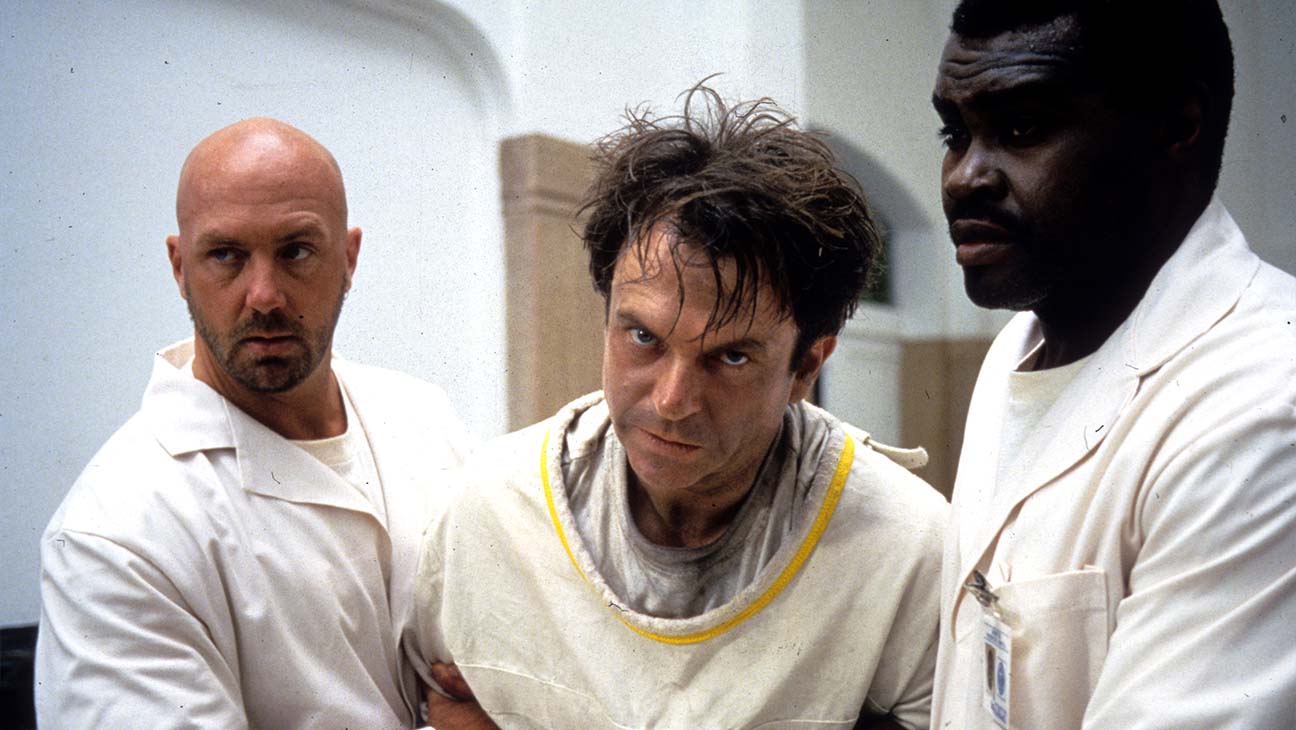
Image Credit: New Line/Photofest Carpenter’s high point in the ’90s came in the form of the third chapter of his “Apocalypse Trilogy,” which was then comprised of The Thing (1982) and Prince of Darkness (1987). In the Mouth of Madness was a Lovecraftian-inspired tale written by none other than Michael De Luca, the current co-head of Warner Bros. Pictures. In the film, Carpenter found the end of the world not in an alien from outer space, or Satan buried in the bowels of a church, but in the pages of fiction.
The film follows insurance investigator, John Trent (Sam Neill) who is hired by Arcane Publishing to track down famed horror author, Sutter Kane (Jurgen Prochnow) who has disappeared ahead of the release of his new book. Trent’s investigation causes the lines between reality and fiction to blur as horror manifests in his seemingly ordinary life until he begins to believe that he, everyone he’s met, and even his entire investigation are all part of Kane’s latest work of fiction.
There are clear parallels between Sutter Kane and Stephen King, whose Dark Tower novels took their own meta-approach. But there’s also, likely unintentional, parallels to Carpenter as well, as In the Mouth of Madness questions control, intent, and purpose, considerations that, when pieced together from various interviews over the decades, Carpenter had on his mind.
“”
-
“”
Candyman (1992)

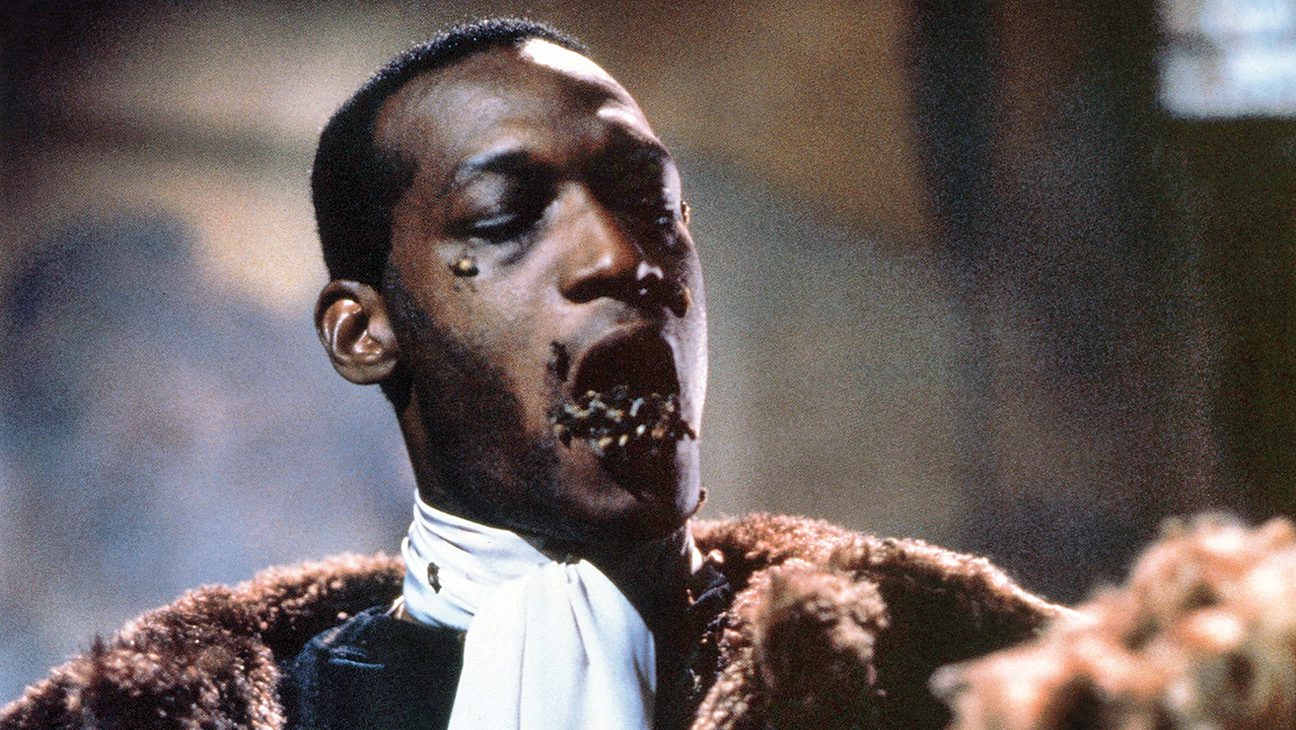
Image Credit: TriStar Pictures/Courtesy Everett Collection Bernard Rose brought a sense of poetry and history to Candyman, his grisly adaptation of Clive Barker’s “The Forbidden” that relocated the story from England to inner city Chicago. Aided by Phillip Glass’ powerful score, the late great Tony Todd portrayed Candyman with a sense of regality and a dark romantic edge that made him compelling in a way that felt unique among the other slasher villains of the time.
Todd gave us arguably the first iconic Black horror villain. The film has been embraced as Black horror, despite its focus white lead character, Helen Lyle (Virginia Madsen), an anthropologist studying urban legends. Helen inserts herself into a murder investigation at the infamous housing development, the Cabrini-Green, and becomes entangled in Candyman’s past.
There’s a fascinating push and pull exhibited in the film in that Candyman targets Black people, including Helen’s friend and thesis partner, Bernadette (Kasi Lemmons), who undoubtedly had the most interesting perspective when it came to looking at Candyman through the lens of Black pain. Candyman is a manifestation of a community’s shame and fear, of being trapped in the narrative surrounding the ghetto.
But at the same time, he’s a gateway for white tourists, like Helen, reinforcing negative stereotypes that then play back into Black shame, while being used as a party game (say his name five times). Even if unintentional on Rose’s part, Candyman exhibits how Black suffering is cyclical, given new life by white people, even those with good intentions, who insert themselves into the narrative and become new urban legends to fear.
“”
-
“”
Se7en (1995)

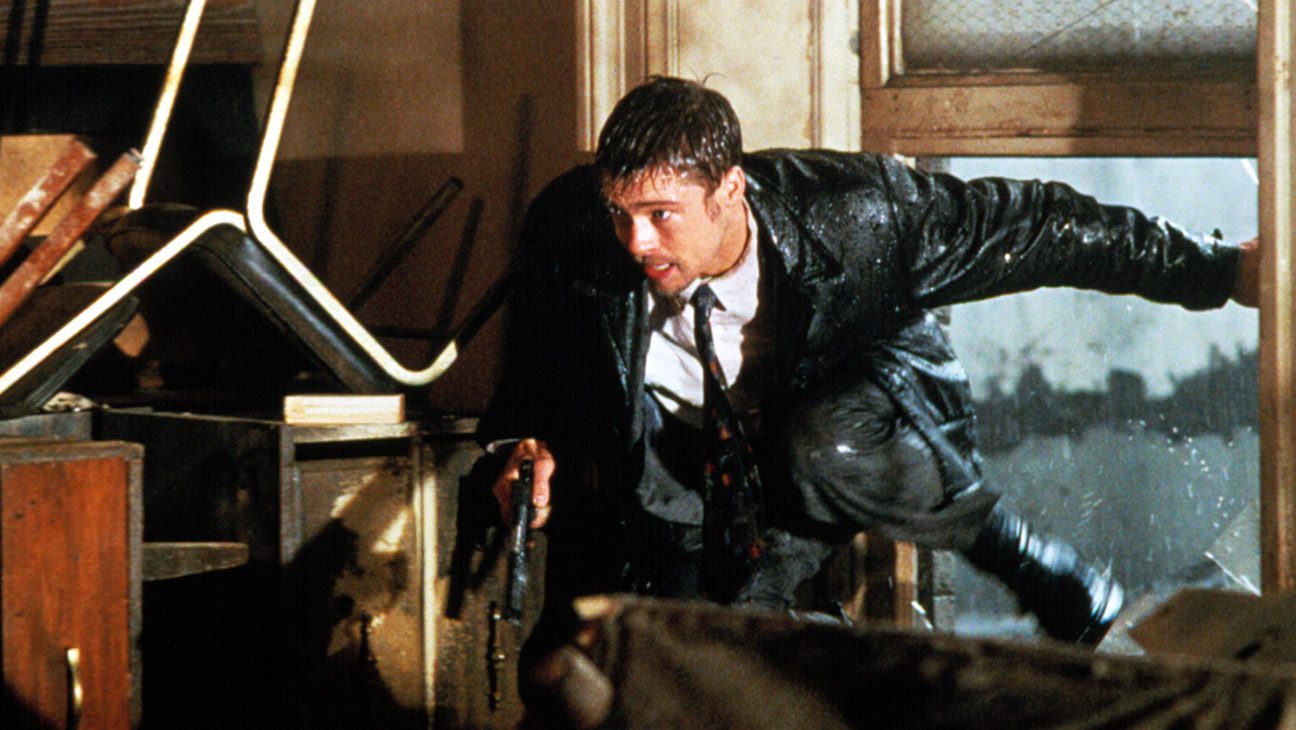
Image Credit: Courtesy Everett Collection “What’s in the box?” Oh, just heaps of filth, grime, depravity, regret, moral failure, and the end of optimism. In other words, nothing good. In a sordid unnamed city, cynical police Detective Lt. Somerset (Morgan Freeman) is one week away from retirement when he’s partnered with idealistic Detective Mills (Brad Pitt) who just moved to the city with his wife Tracy (Gwyneth Paltrow). The two are drawn into a web of a serial killer whose elaborate murders are based on the seven deadly sins, leading to an emotionally explosive ending that remains shocking to this day.
For director David Fincher, and writer Andrew Kevin Walker, Se7en was a transformative experience. Fincher, best known at the time as a music video director, was trying to save his career and separate himself from his feature debut, Alien 3 (1992), which had been hacked apart by 20th Century Fox (The Assembly Cut is great FYI).
Walker had yet to make a footprint in Hollywood and while his script for Se7en had been optioned, it was stuck in limbo for three years and Walker was tasked with rewriting the ending. As fate would have it, the original script, instead of the copy with the revised ending, was accidentally sent to Fincher. And the rest was history. A stylish odyssey into a man-made hell, Se7en remains a fixture of ’90s horror and went on to influence everything from the popularity of Nine Inch Nails, the plot of The Batman (2022), and Fincher’s magnum opus, Zodiac (2007), while showcasing just how bleak Hollywood films can get when they put their trusts in artists with something to say.
“”
-
“”
Misery (1990)

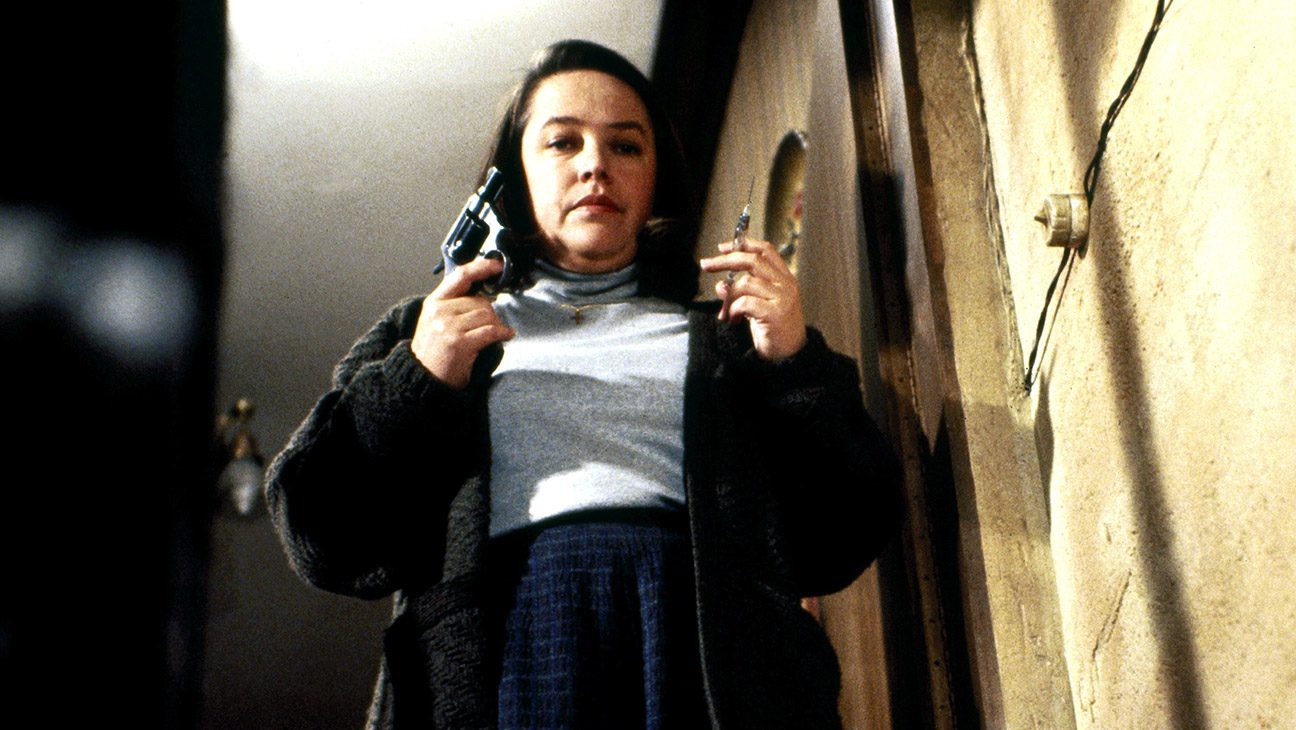
Image Credit: Columbia/Courtesy Everett Collection For an author as prolific as Stephen King, adaptations are guaranteed to be a mixed bag. While many have been memorable, for better or worse, only one Stephen King adaptation has won an Academy Award. And rightfully so, it went to one of the best monsters King ever created.
Kathy Bates’ Oscar-winning turn as the obsessive and domineering Annie Wilkes in Rob Reiner’s Misery is a performance for the ages, made even more significant for how rare it was, and still is to a degree, for women to play memorable horror villains. Famous author Paul Sheldon (James Caan) finds himself under the care of former nurse, Annie Wilkes, following a car accident that breaks both his legs and leaves him nearly dead.
As it would happen, Annie is his biggest fan, particularly of his romance series, “Misery.” She’s also a manic-depressive sadist with an amusing vocabulary and disdain for swear words. When she finds out Paul has written his last “Misery” book, she forcibly makes him write another installment, just for her. From withholding food and pain medicine from Paul, to hobbling him in a scene that will make you grimace and sweat, Annie proves to be a one-stop answer for writer’s block.
Bates is a towering presence in the film, sucking up all oxygen in room, and exuding menace, even when exhibiting unnerving cheeriness. Caan, playing against type, gives a formidable performance as Annie’s victim, her source of joy and frustration. Inspired by King’s own concerns with obsessive fans, Misery has become increasingly relevant in this age of fandoms and audiences feeling entitled to stories being told their way. And for any creator, that’s a cockadoodie nightmare.
“”
-
“”
Perfect Blue (1997)
Satoshi Kon’s Perfect Blue creates a frightening portrait of celebrity that gets under your skin and in your head. Although Kon’s career was tragically brief, his four anime films are widely considered to be some of the best of the medium. His debut, Perfect Blue, centers on J-pop star, Mima Kirigoe (Junko Iwao), who retires from music to pursue a career in acting. Her career-change doesn’t sit well with many of her fans, especially as she abandons her innocent pop-persona for a more mature and risqué image as an actress.
When a letter from a fan leads Mima to a website “Mima’s Room,” she finds hundreds of fan-written diary entries from her perspective. Mima’s grip on reality begins to slip as she begins to doubt her own memories, lose distinction between her popstar and actress persona, and is plagued by visions of “Real Mima” who claims to be the true version of herself. And none of this is helped by her role in the doppelganger centric TV series, “Double Blind.”
When those who helped establish her acting career are murdered, Mima begins to suspect she’s the one behind them. A graphic, bloody, psychological descent that explores the artifice of persona, Perfect Blue has been hugely influential over the decades, particularly on Darren Aronofsky, whose films Requiem for a Dream (2000) and Black Swan (2010) contain direct homages to it. The film is a reminder, just in case there were still any doubts, that animation is a medium just as capable of inducing white-knuckle anxiety as live-action.
“”
-
“”
The Blair Witch Project (1999)

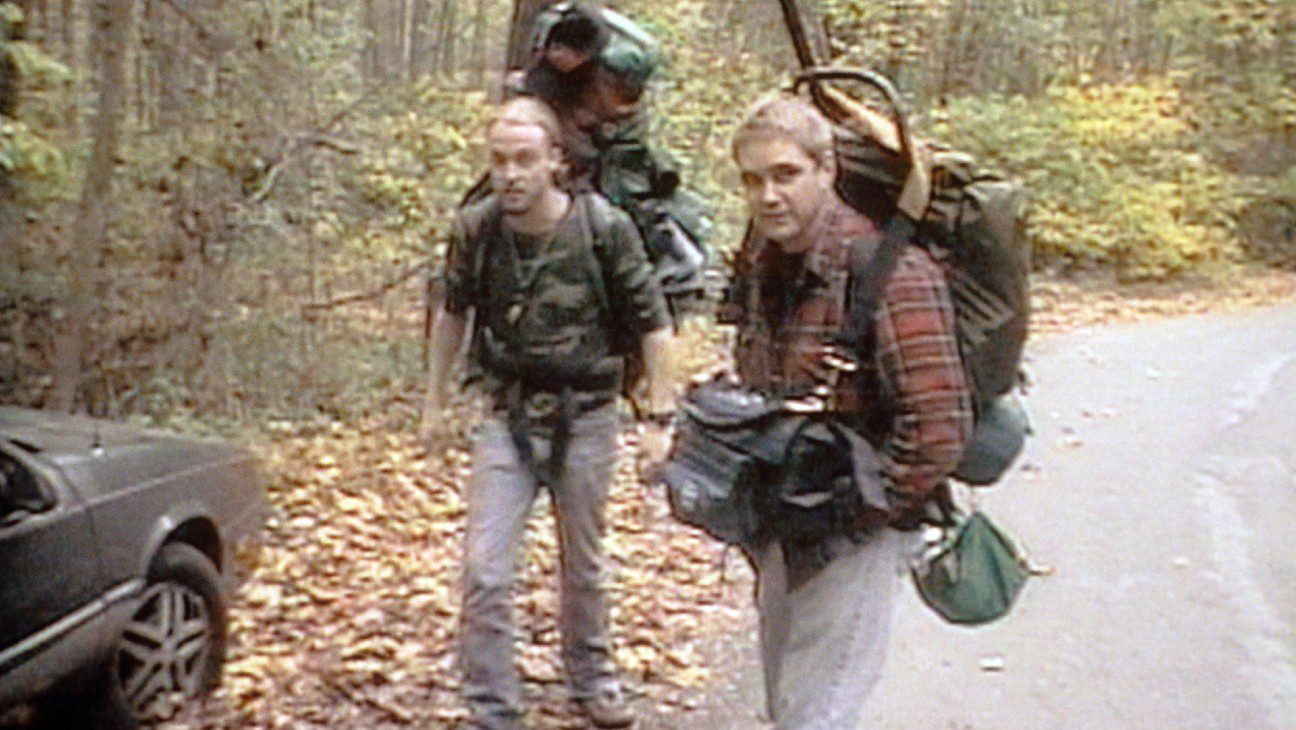
Image Credit: Courtesy of Everett Ahead of the turn of the millennium, three film students disappeared in the Appalachian Mountains near Burkittsville, Maryland, in search of a local legend. They never returned, and the visual language of horror filmmaking was never the same. It’s not simply the realism that makes The Blair Witch Project such a great film. It’s not even the rising panic and animosity that grows between its three central characters, Heather (Heather Donahue), Joshua (Joshua Leonard), or Michael (Michael C. Williams) as they become increasingly turned around in the woods. It’s the notion that anybody can make a horror film, with a camera, and a next-to-nothing budget.
Though Daniel Myrick and Eduardo Sanchez are the film’s credited writers and directors, The Blair Witch Project truly was a project, with Donahue, Leonard and Williams each playing a significant role in shooting the film, improvising the dialogue, and sacrificing their identities to the films marketing.
Their contributions are only now getting proper recognition in the media, though credit and compensation for their work on the film is still an ongoing situation. With film shifting to digital and the accessibility of handheld cameras at the dawn of a new millennium, The Blair Witch Project was a glimpse into the future of filmmaking. Sure, there had been other faux documentaries, and even other found footage movies, but the way this film caught hold of audiences, in part thanks to great marketing, marked a shift in the production of horror movies. It paved the way for an era of found footage movies, which remains our most democratic form of filmmaking. There are still those who claim the film is nothing but strange noises in the night and indecipherable footage, but it’s more than that. The Blair Witch Project is about the strange noises in our heads, and the indecipherable nature of the supernatural, a stone best left unturned.
“”
-
“”
Scream (1996)

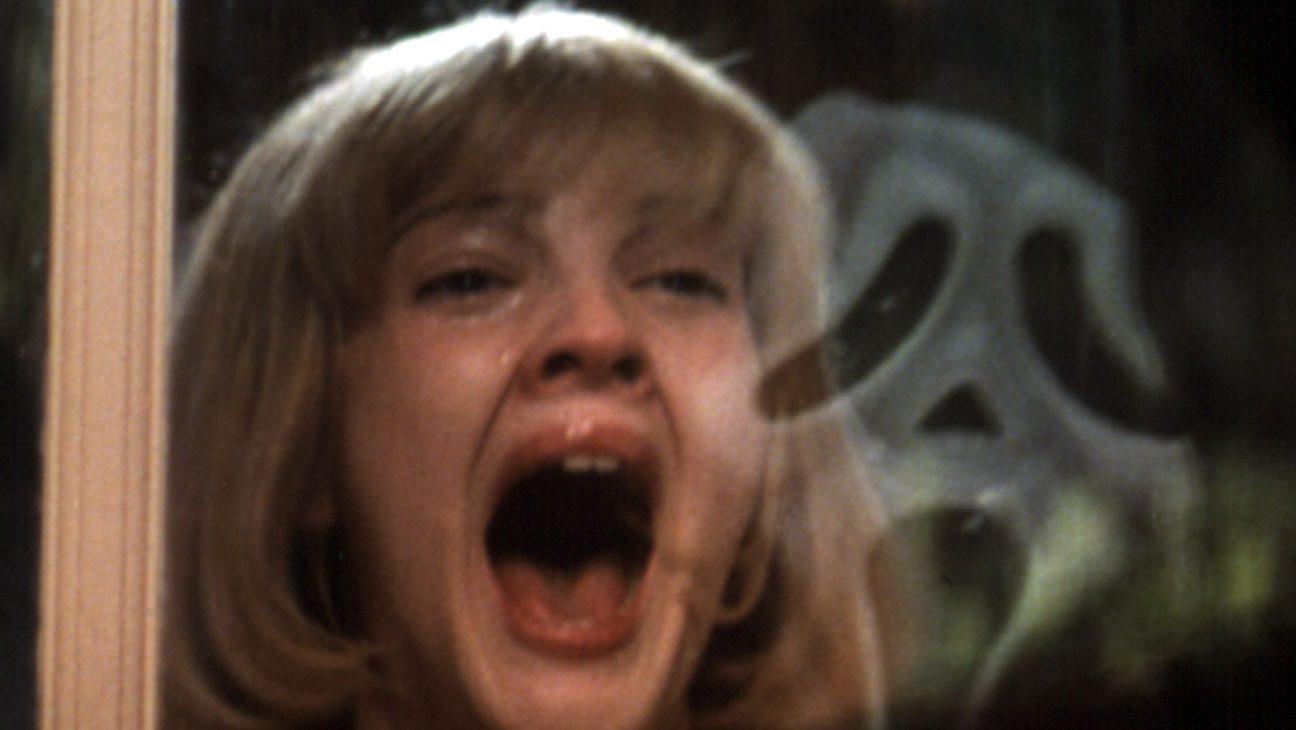
Image Credit: Everett Wes Craven changed the horror genre multiple times over the course of his career. A filmmaker who always had his finger on the pulse of social and moral concerns, Craven, along with screenwriter Kevin Williamson, reinvented the slasher movie with Scream.
After cutting his teeth on meta commentary with New Nightmare (1994), Craven took a stab at the tropes of the slasher genre, delivering a hip, in-the-know horror film that found a clever way to celebrate subgenre while also acknowledging that if the slasher was going to survive, it needed to evolve.
A key part of that was delivering a likeable cast of characters, led by Sidney Prescott (Neve Campbell), who audiences weren’t actively rooting to see die. While Craven’s previous horror icon, Freddy Krueger, had become a monster who audiences cheered for, Ghostface brought a new sense of mystery and brutality, so memorability conveyed in the opening scene where the film’s biggest star, Drew Barrymore, was gutted and hung from a tree for her parents to see.
And even once the film’s killers were unmasked, the intrigue didn’t end there. Craven and Williamson used their killers to argue against the then popular political opinion that violence in movies created killers. Instead, the movie argued that the movies just made the psychos more creative. And as a result, though not always immediately, it certainly made many of the slasher movies that followed in its wake more creative.
“”
-
“”
Ravenous (1999)


Antonia Bird’s striking horror western, featuring an incredible score by Michael Nyman and Damon Albarn, criticizes manifest destiny, colonialism, and expansionism in 19th century America by way of cannibalism. After disgraced Captain John Boyd (Guy Pearce) is sent to join a group of soldiers holed up at a military outpost following the end of the Mexican-American War, he encounters a strange man going by the name of Colqhoun (Robert Carlyle), who claims his wagon train, along with his party were lost in the mountain.
What starts as a rescue mission becomes a fight for survival, as Colqhoun is revealed to be a cannibal, possessed with an insatiable hunger like the legend of the wendigo. With a sharp wit and plenty of bloodshed, Ravenous is one of the most unique horror films of the ’90s. While writer Ted Griffin was inspired by the story of the Donner Party and the Alfred “Colorado Cannibal” Packer, Ravenous expands on its historical influences and turns towards America’s insatiable hunger, positioning the country’s need to claim more and more territory as a sickness, an addiction that can only be halted but never truly destroyed. It’s the perfect film to pair with this list’s earlier entry, Clearcut, as both take a hard look at how America’s monstrous past is still very much alive in the present.
“”
-
“”
The Silence of the Lambs (1991)

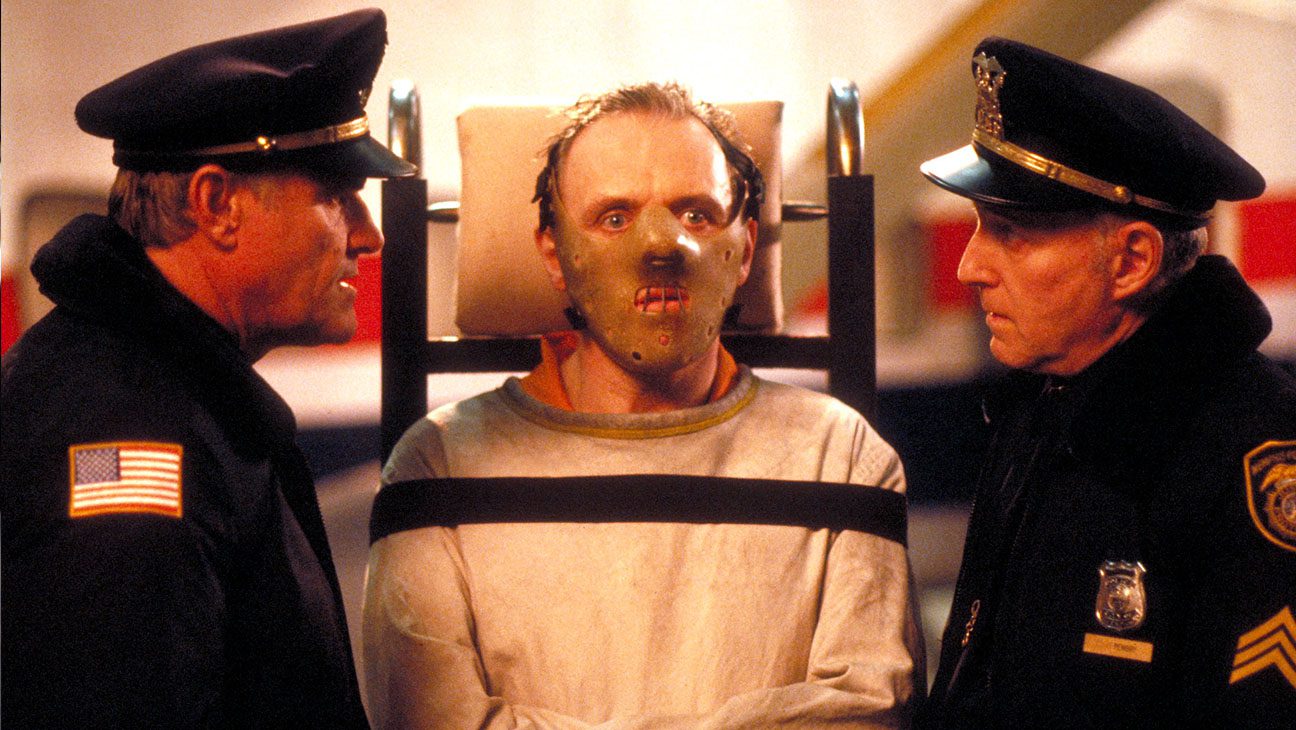
Image Credit: Courtesy of Everett Collection Jonathan Demme’s adaptation of Thomas Harris’ 1998 novel latched onto the public consciousness in a way that counted more than just horror fans among its herd. Clarice Starling’s (Jodie Foster) hunt for the serial killer Buffalo Bill/Jame Gumb (Ted Levine) places her in the hands of her greatest ally and adversary, the imprisoned, cannibalistic psychiatrist, Dr. Hannibal Lecter (Anthony Hopkins).
The film is an acting tour de force, features an endlessly quotable screenplay by Ted Tally, and made Demme, a distinctly empathetic filmmaker whose previous works were largely comedic dramas, synonymous with psychological and procedural horror. Its cultural impact has made a mark on our society, affecting how we perceive psychology, think of psychopathic and sociopathic individuals, and feel about the FBI, for better and worse.
It’s true that Gumb’s particular psychopathy played a role in creating negative stereotypes about drag queens and trans people, although Gumb is not representative of any populace and the book emphasizes he is not “transsexual.” Separately, it’s also true that Clarice Starling helped to shift the perception of women’s roles in horror and broadened the genre as a result.
Demme’s film doesn’t just shine a flashlight at the fears in our imagination, sequestered to movie screens, but the fears we take home with us, the stories we saw only glimpses of on the nightly news and wondered what kind of human being could do such a thing and whether they could still be considered human.
“”
-
“”
Lost Highway (1997)
David Lynch’s Lost Highway is a trip, to say the least. In typical Lynch fashion, its surreal dreamlike qualities make it difficult to nail down its meaning, though a singular meaning has never been a priority with his films. The film centers on a jazz musician, Fred (Bill Pullman), who begins receiving ominous videotapes of his house.
After meeting a Mystery Man (Robert Blake) at a party, he finds his wife Renee (Patricia Arquette) brutality murdered. Convicted and imprisoned for her murder, and tormented by powerful headaches, Fred disappears in his cell and is replaced by a young mechanic, Pete (Balthazar Getty). Upon Pete’s release, he falls for the girlfriend, Alice (Arquette) of the mob boss, Mr. Eddy (Robert Loggia), whose car he works on. And that’s just the beginning of a strange, nightmarish odyssey of Lynch’s collision of neo-noir and horror that may very well be Fred’s personal hell. Lost Highway is a film that as soon as you grasp it, it changes and unlocks a whole other nightmare, making the experience endlessly fascinating and rewatchable.
“”
-
“”
Cure (1997)
Kiyoshi Kurosawa’s Cure follows a detective, Kenichi Takabe (Koji Yakusho) as he investigates a series of murders whose offenders seemingly lack motive and memory of their crimes. Takabe finds a commonality between the murders in the form of an amnesiac man, Mamiya (Masato Hagiwara) who proves to increasingly confound and antagonize the detective. Takabe’s growing frustrations with the case and increasingly violent interactions with Mamiya are symptomatic of his frustrations at home with his schizophrenic wife, Fumi (Anna Nakagawa).
As the bodies pile up, Takabe, along with his friend, and forensic psychologist Shin (Tsuyoshi Ujiki) find answers in the past and the origin of the murders tied to a strange experiment. Despite the numerous murders, Cure is not particularly bloody, at least by horror diehards’ standards. But it feels like one of the most violent horror movies ever made because of its atmosphere and intoxicating performances.
Kurosawa creates an omnipresent and lasting sense of dread that is sweat inducing. While the plot is similar to other psychological horror mysteries, Cure’s execution is not. It’s a film that creates a palpable sense of fear that makes the viewer question exactly where that fear comes from because even when there’s seemingly nothing to be afraid of, there’s everything to be afraid of.
“”
“”
HiCelebNews online magazine publishes interesting content every day in the movies section of the entertainment category. Follow us to read the latest news.





